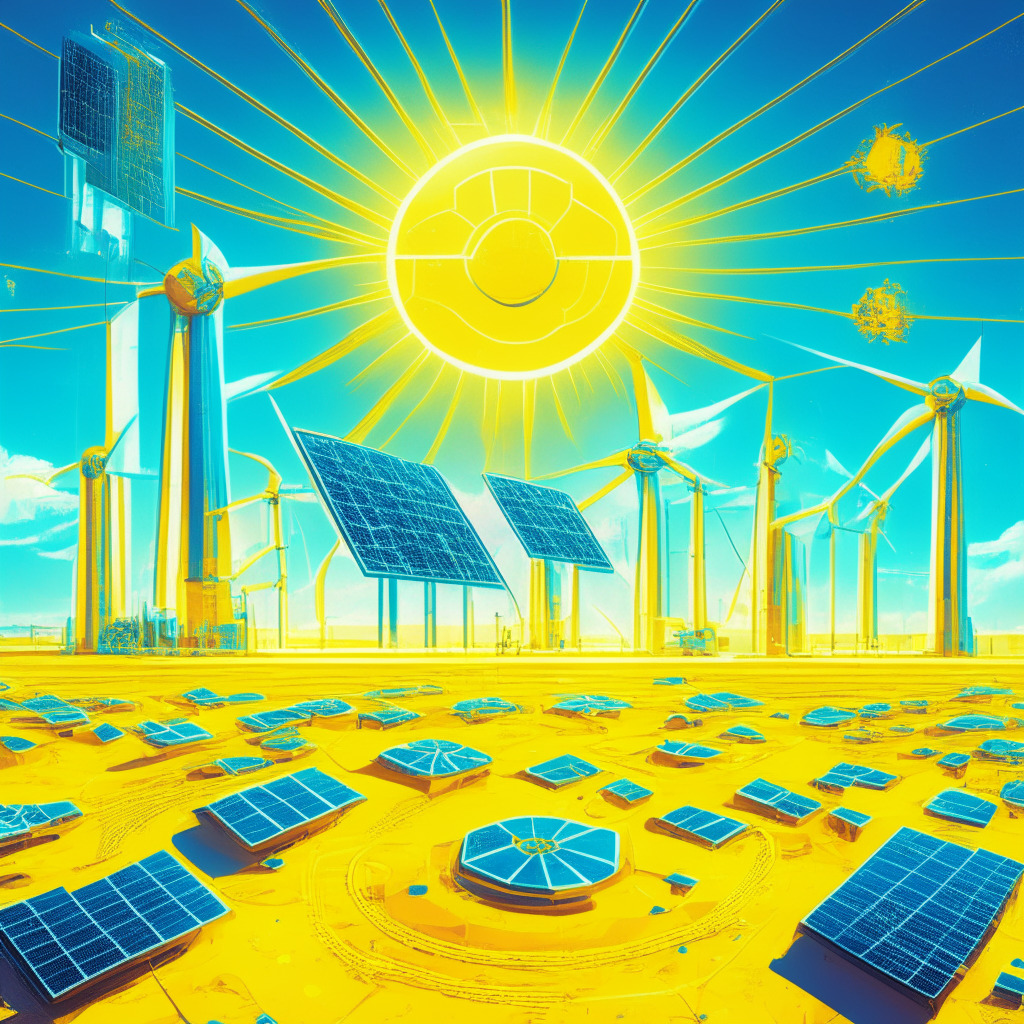An intriguing shift in renewable energy management has arisen with an unforeseen hero stepping into the spotlight – Bitcoin mining. Highly recognized for the volatility and malleability of its operations, miners unravel an unfamiliar, yet promising solution to the burgeoning problem known as the “duck curve”. This curve is an illustration of the mismatch between peak demand times and peak renewable energy production times, representing an escalating challenge as societies gravitate more towards renewable energy trends, thus intricately affecting grid management.
Addressing the often undervalued capacity of Bitcoin mining, it has shown enormous potential in contributing to the profitability and scaling of renewable infrastructure through its mining revenue. This provides invaluable assistance in optimising the development of a sustainable grid for powering transportation and phasing out fossil fuels, meeting massive power storage and load balancing conditions amidst a significant geopolitical and economic backdrop.
Despite the significant surge in renewable capacity in the past decade, the world’s fossil fuel consumption continues to be strikingly high – still exceeding 82% of the globe’s energy consumption. Although substantial sums have been invested in developing renewable energy, there is still an evident gap as considerable amounts of electricity remain underutilised, often termed as “wasted”.
Several challenges still linger, with growing electricity supply outpacing demand due to economical stagnation and increased device efficiency. Additionally, the uptake of electric vehicles has faltered, with charging habits not aligning well with peak solar supply periods. Furthermore, heavy industries face daunting hurdles of revamping their manufacturing processes to adopt electricity, an expensive transition in the face of competitive struggles.
This is where Bitcoin steps in. It offers an economically viable electricity-intensive activity that is adaptable and does not demand exhaustive transportation. Furthermore, the decentralized nature of Bitcoin mining allows miners to navigate these fluctuations and align their operations with periods of high renewable energy availability and low demand. By absorbing surplus energy during peak production periods, Bitcoin miners alleviate the strain on energy grids.
The problem of the “duck curve” limits the profitability of photovoltaic installations, bringing us to the solution – tying these installations directly to Bitcoin mining hardware. Specifically, excess energy produced during peak hours can be directed to Bitcoin mining, stabilizing the supply-demand equilibrium in the marketplace. So not only do the miners prevent the slumps in price tags tied to energy surpluses, but they also inadvertently enhance the profitability of the solar power installations.
In the larger picture, Bitcoin mining emerges as a significant player in the balancing act between the energy market’s supply and demand, offering innovative solutions to the “Duck Curve” phenomenon. By absorbing surplus energy during periods of high renewal production and low demand, Bitcoin mines work towards a sustainable future. Simultaneously, they boost the prosperity of renewable energy installations and strengthen the market, offering a fresh perspective on how we perceive Bitcoin and its miners in the renewable energy landscape.
Source: Coindesk




